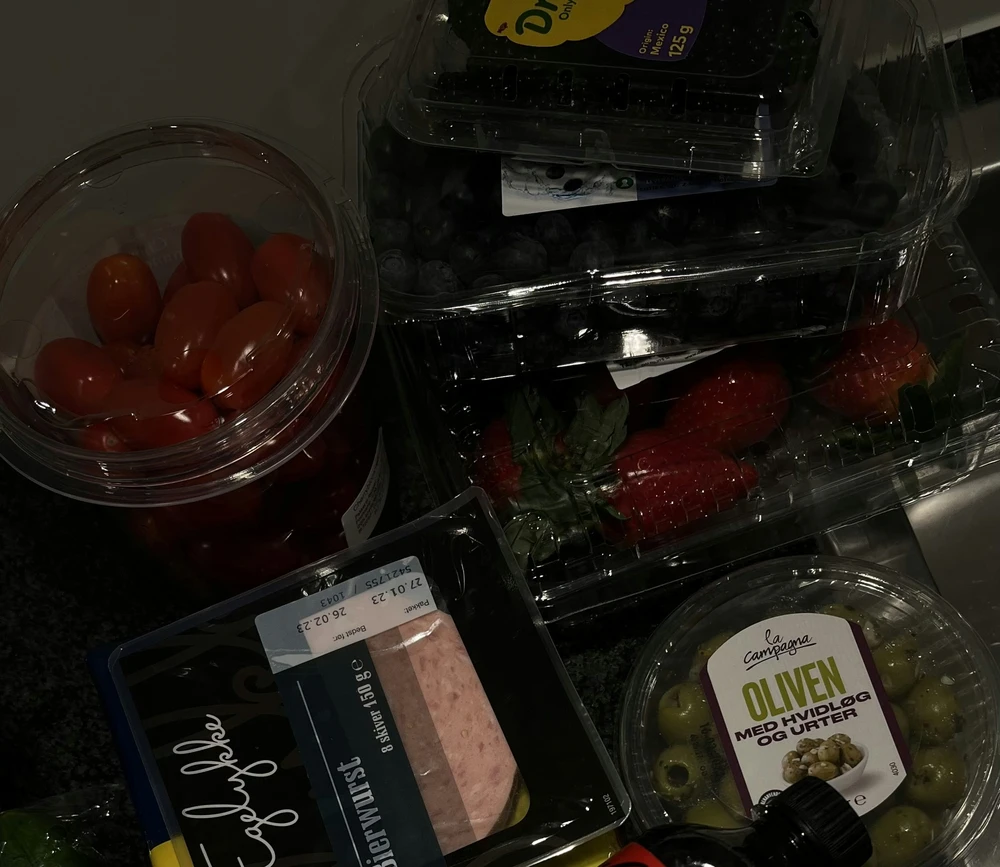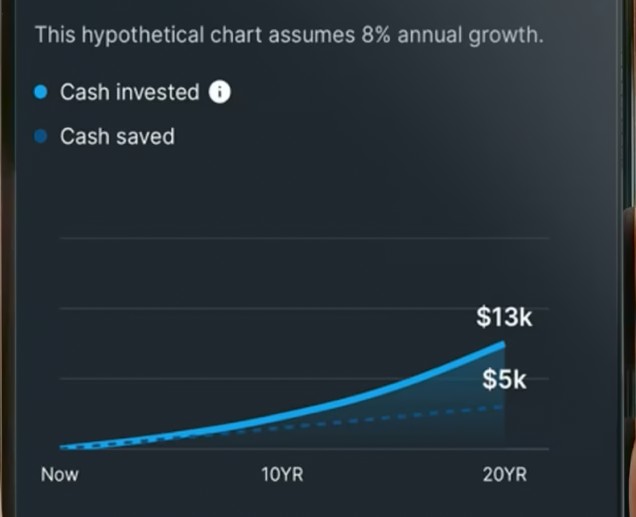Whole Foods has a reputation — and let’s be honest, sometimes a nickname — as “Whole Paycheck.” Many U.S. shoppers think it’s out of their budget entirely. The perception is clear: high-quality organic foods come with equally high price tags. But here’s the truth you rarely hear — the Whole Foods pricing structure is built to reward smart, informed shoppers.
If you know how it works, you can walk out with bags full of premium groceries without draining your bank account.
Let’s break it down step-by-step — starting with the problem most shoppers face, the hidden pricing secrets, and then the practical solutions that can save you hundreds of dollars a year.
The Problem: Why Whole Foods Seems Expensive
Whole Foods is not your average grocery store. It’s committed to:
-
Certified organic produce
-
Ethically sourced meats & seafood
-
No artificial flavors, colors, preservatives, or sweeteners
-
Sustainable, eco-friendly practices
This gold-standard approach to sourcing inevitably costs more than the bulk, mass-market supply chain that many conventional stores use.
But there’s another factor: perception. When you see $6 almond milk next to $2 conventional milk, the difference is obvious — but not always apples-to-apples. Whole Foods milk is often organic, hormone-free, and sourced from smaller farms. You’re paying for quality, ethics, and sustainability — but that doesn’t mean you always have to pay full price.
The real challenge is that many shoppers don’t know where the built-in discounts and pricing breaks are hiding inside Whole Foods’ pricing structure.
The Solution: Understanding the Whole Foods Pricing Structure
Whole Foods doesn’t price like a bargain grocery store. Instead, its pricing system is layered:
-
Premium & Local Items — These are the high-end specialty goods from small producers. Yes, they’re pricier, but they’re also unique and often healthier.
-
365 by Whole Foods Market — This is their in-house brand with lower prices, often matching or beating national organic brands.
-
Seasonal Discounts & Flash Sales — Prices drop dramatically when produce is in season or during weekly promos.
-
Amazon Prime Discounts — Extra savings only for Prime members, often stacked on top of sale prices.
-
App-Exclusive Coupons — Tailored to your buying habits for maximum personal savings.
When you understand this structure, you can strategically shop each tier — choosing where to splurge, where to save, and when to stock up.
Practical Tips to Save Money at Whole Foods
Here’s your complete, field-tested strategy for shopping Whole Foods without overspending.
1. Use the Whole Foods App Like a Pro
The Whole Foods Market app is your digital coupon book and sale finder.
-
Check weekly deals: Every Wednesday, new discounts drop.
-
Clip digital coupons: Just tap, and the savings apply at checkout.
-
Personalized offers: Based on your shopping history.
-
Amazon Prime integration: Prime members get an extra 10% off sale items + exclusive deals.
📱 Pro Tip: If you’re not a Prime member yet, the yearly fee can pay for itself within months if you shop Whole Foods regularly.
2. Shop the 365 by Whole Foods Market Line
Think of 365 as Whole Foods’ secret weapon for budget shoppers.
-
Same standards as premium brands (organic, clean ingredients)
-
Lower price point than many name brands
-
Covers everything from almond milk to pasta sauce to frozen fruit
💡 Example: A jar of organic peanut butter from a name brand might cost $5.99, but the 365 version? Around $3.49 — with similar taste and nutrition.
3. Time Your Produce Purchases
Whole Foods’ seasonal pricing structure means strawberries in June cost far less than strawberries in January.
-
Buy in season: Not only cheaper but fresher and more flavorful.
-
Freeze extras: Stock up on sale produce and freeze for later use.
-
Look for “Manager’s Specials”: Deep discounts on ripe produce that needs to move fast.
4. Bulk Buying = Bigger Savings
The bulk bins aren’t just for hippies with mason jars.
-
Grains: Brown rice, quinoa, oats — much cheaper in bulk.
-
Nuts & seeds: Lower cost per pound, plus you can buy only what you need.
-
Spices: Often half the price of packaged jars.
♻️ Sustainability Bonus: Bring your own containers to cut down on packaging waste.
5. Stack Prime Discounts on Sale Items
This is one of the biggest Whole Foods pricing hacks.
If an item is already on sale — say $4.99 instead of $6.99 — Prime members get an extra 10% off the sale price, dropping it to $4.49.
It’s like a double discount, and it works across many categories.
6. Plan Your Store Route
Whole Foods layouts are intentional — and sometimes designed to tempt you.
-
Start with produce: Fills your cart with healthy, budget-friendly basics.
-
Hit pantry staples next: Grains, beans, frozen veggies.
-
Leave premium specialty items for last: Decide if they fit your budget after you’ve got the essentials.
7. Meal Plan & Make a List
Impulse buys are budget killers.
-
Plan meals for the week before shopping.
-
Check your pantry to avoid duplicate purchases.
-
Stick to the list — and only break the rule if you spot a deal on something you already use.
8. Watch for Seasonal & Holiday Sales
Whole Foods runs holiday-weekend blowouts on certain items — organic turkeys at Thanksgiving, premium chocolates near Valentine’s Day, grilling staples for the Fourth of July.
Sign up for the Whole Foods email list so you never miss these events.
Conclusion: You Can Shop Whole Foods Without the “Whole Paycheck”
The Whole Foods pricing structure rewards shoppers who:
-
Understand the tiers (premium, 365, seasonal, bulk, discounts)
-
Use the app and Prime stacking
-
Plan purchases around sales & seasons
If you shop strategically, you can fill your fridge with top-quality, ethically sourced foods at prices that rival — and sometimes beat — conventional grocery stores.
So, next time someone says, “Whole Foods is too expensive,” you’ll know better — and your grocery bill will prove it.
FAQs: Whole Foods Pricing Structure & Savings Tips
1. Is the Whole Foods pricing structure different from regular grocery stores?
Yes. Whole Foods uses a tiered structure — premium items, private label (365), seasonal discounts, and Prime member perks — rather than blanket low prices.
2. How much can I save with Amazon Prime at Whole Foods?
Prime members get 10% off sale items, plus exclusive weekly deals. Frequent shoppers can save hundreds of dollars annually.
3. What is the 365 by Whole Foods Market line?
It’s Whole Foods’ private label offering high-quality organic and natural products at lower prices than national brands.
4. Does Whole Foods ever have clearance sales?
Yes — especially in produce, bakery, and seasonal sections. Look for yellow tags and “Manager’s Special” signs.
5. Is buying in bulk at Whole Foods cheaper?
Usually, yes — especially for grains, nuts, seeds, and spices. Bulk buying also helps reduce packaging waste.












